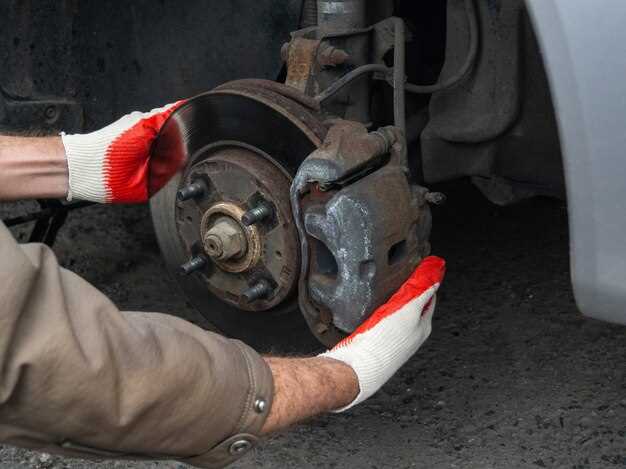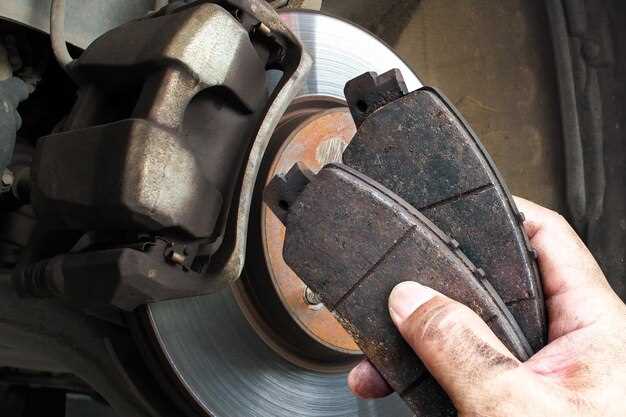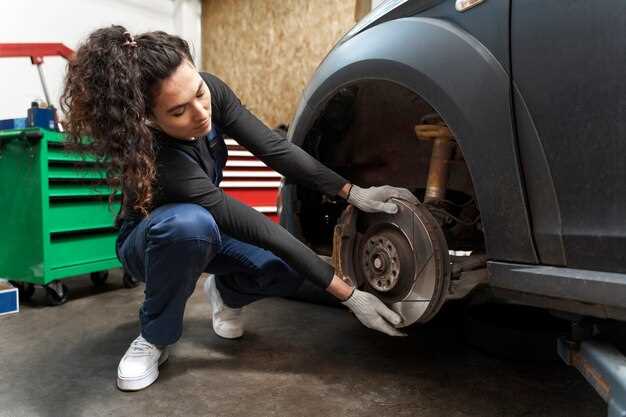

The braking system of your vehicle plays a crucial role in ensuring your safety on the road. Brake pads are essential components that provide the friction needed to slow down or stop your car effectively. Over time, these pads experience wear and tear, which can significantly affect their performance and your safety.
Recognizing the signs that indicate it’s time to replace your brake pads is vital for maintaining optimal brake function. Ignoring these indicators can lead to more severe issues, including compromised stopping power and potential accidents. Understanding what to look for can save you money and keep you safe.
In this article, we will explore the key signals that suggest your brake pads may need replacement. By being aware of these signs, you can make informed decisions and ensure your vehicle remains safe and roadworthy.
Unusual Noises When Braking

Unusual noises when braking are often the first sign that your brake pads may need replacing. If you hear squeaking, grinding, or chirping sounds, it indicates that the brake pads have worn down significantly. Squeaking is usually caused by the wear indicators designed to alert you when it’s time for a change. Grinding, on the other hand, suggests that the pads are completely worn out and that metal is scraping against metal, which can compromise safety and damage other brake components.
Additionally, any popping or clicking sounds during braking can be signs of loose or damaged components, which can affect braking efficiency. Ignoring these noises not only risks your vehicle’s braking system but also your overall safety on the road. Maintaining a regular check-up on your brake pads can prevent more severe issues and enhance your vehicle’s performance.
In conclusion, if you notice any unusual noises when braking, it’s crucial to address the issue promptly. Reinforcing your vehicle’s brake system is essential for ensuring a safe driving experience. Don’t wait for the noise to worsen; instead, schedule a maintenance check to evaluate your brake pads and maintain your safety on the road.
Visual Inspection for Wear Indicators
Regular visual inspection of your brake pads is crucial for maintaining your vehicle’s safety. During this inspection, look for several key wear indicators that can signal the need for replacement.
Thickness: One of the most important indicators is the thickness of the brake pads. Ideally, pads should be at least 1/4 inch thick. If they appear thinner, it’s a clear sign they need to be replaced.
Fading or Glazing: Examine the surface of the pads for glazing, which appears as a shiny finish. This occurs when the pads overheat, reducing their effectiveness. If you notice this condition, replacement is necessary to ensure proper braking performance.
Cracks or Fractures: Inspect for any visible cracks or fractures on the pads. These defects can compromise the integrity of the pads and may lead to brake failure. Any sign of physical damage should prompt immediate replacement.
Dirt and Debris: Accumulation of dirt and debris on the brake pads may interfere with their function. Check for any foreign materials that could be indicative of wear or contamination, signaling the need for new pads.
Conducting a thorough visual inspection not only helps in identifying when it’s time to replace your brake pads but also plays a vital role in enhancing your overall driving safety. Regular checks can prevent more extensive damage and costly repairs in the future.
Decreased Stopping Power and Response

One of the most critical indicators that it may be time to replace your brake pads is a noticeable decrease in stopping power and response. When brake pads wear down, they lose their effectiveness, causing longer stopping distances which can significantly compromise your safety on the road.
A car that requires more distance to come to a complete stop can potentially lead to dangerous situations, especially in emergency scenarios. If you find that pressing the brake pedal does not yield an immediate response or the vehicle feels sluggish to decelerate, it’s essential to investigate the condition of your brake pads.
Additionally, decreased response time can stem from a lack of sufficient friction generated by worn-out pads. This friction is crucial for effective braking; without it, you are putting yourself and others at risk. Regularly monitoring your braking performance and recognizing these signs can ensure you maintain optimal safety while driving.
Ultimately, if you experience vague or delayed braking, it indicates that your pads may have reached the end of their lifespan and require replacement to restore full stopping power and overall vehicle control.







